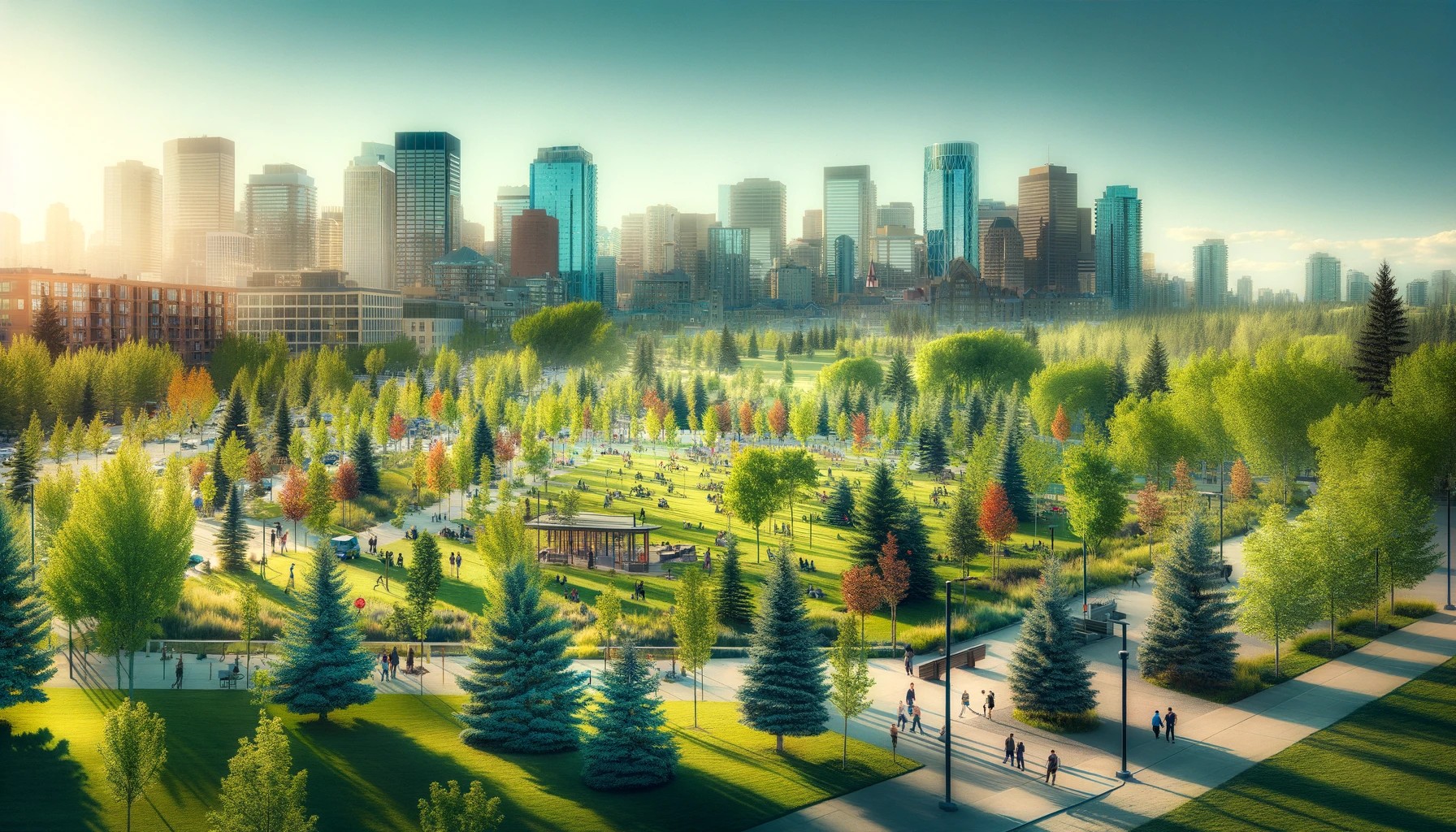This is for you, Calgary: a free download, a brief summary of my tree experience and knowledge. The core of what you need to know is simple, and if you practice these few lessons, you WILL have happy trees. You will also save a fortune on your tree care budget—yes, the one you won’t need much anymore. So, thank you very much for all the support and work through the years. Happy trees.
What follows is a major rewrite of the tree biology section I wrote for my first book, Your Trees: What They Want You to Know. I always felt I should have gone a bit deeper in the book and that the biology section was a bit weak, or at least needed some help. Here it is. Now, with this work, my published work on tree biology is current and gives people a much clearer idea about the inner workings of their trees. If you want to go really deep, see the essays in two other sections in the articles section of the website, the Botany Talks, and Care and Feeding.
Apart from tree biology, how they really work, there is another huge aspect of their lives that concerns us. This is the hands-on part when we select a tree, plant it, prune it, water it, or even, sadly, need to remove it. All of this was dealt with in detail in my first book. Also, there is lots of additional material on my website, in the articles menu choice called Tree Care, where all of those subjects were dealt with to my satisfaction then, and I stand by it.
Like many things in our lives, much of the tree service industry has now become a rather corporate affair. Unfortunately, as this happens, caring, real knowledge, and common sense are lost, and the almighty buck becomes the focus. Injecting a birch with a little bit of chemical for an insect they don’t have takes just a few minutes and costs $400 for each small tree. This true story, relayed to me from an acreage just outside the west side of the city, is becoming more frequent. Perhaps you have your own? Those types of high-cost, no-result practices are not mine, and I have spent my entire working career trying to bring some clarity and science to the trees and their owners, in my own small way. Arborists should be women and men who love trees. If your draw to money is that strong, then lean towards finance.
What follows is based on the best modern botany texts, my decades of hands-on tree work, and my inherent love and respect for trees as other living beings who also find their native home right here on Earth with us.
What is a tree? One of the wonders of the world, some would say. Ancient beings who have been all around the world, except the driest places, for many millions of years. Trees that we would recognize as conifers, evergreens, have been here for 325 million years. Their younger cousins, trees that flower in the spring and lose their leaves in the fall, have been on Earth for 125 million years. The grasses and their grasslands, major competition for trees, didn’t show up until 55 million years ago. Big numbers, deep time. Trees are survivors and are here to stay, some of their most difficult and stressful new homes are cities. Cities aren’t nature but a hybrid of human culture and sometimes heavily modified nature. Thin, low-quality, poor soils are just one of the urban trees’ problems.
A tree is a plant, usually with a single woody stem over 10 feet tall, many exceptions occur, but most people agree on this simple definition. The tree’s body consists of three main organs: roots, stem, and leaves; flowers are a fourth. The organs are all made of complex aggregations of trillions of microscopic cells that form into tissue groups, just like your own body. For example, we think of leaves as just leaves, but from the upper surface on through to the lower surface, we would pass by some 8 or 9 different cell types. Depending on the specific leaf, we start with leaf hairs, then pavement cells of the epidermis, which are covered with a waxy cuticle layer. Then, inside the actual leaf, vertical rows of palisade cells full of chlorophyll for photosynthesis. Farther inside the interior, we would pass the “veins and arteries” (the xylem and phloem transport tissues) of the plumbing system, which runs through the veins of all leaves. Midway, we find the spongy mesophyll, where sun-catching green cells are close to the inner leaf spaces which lead to the outside air. This is essential because CO2 gas in the air has to be in contact with the inner green cells for the process of photosynthesis, which makes all the sugars the tree burns to run all its life processes. On the lower surface of the leaf, we would again find the epidermis as we found it on the upper surface. The lower leaf surface is where most of the gates are that allow air into the leaf, called the stomata. These gates are very sensitive to the amount of water in the tree and if water levels are low, they close so that the wet inner tissue does not lose too much water. Yes, you can starve your tree by under-watering. When the stomata close, sensing low water levels, photosynthesis stops, energy production stops, and the tree waits for a cooler time of day or year to begin work again. Sorry for all this detail (botany); I will try to avoid that as we continue. I just wanted to give one example of some complexity; this was a very rough overview of what actually is in and goes on inside a living leaf.


